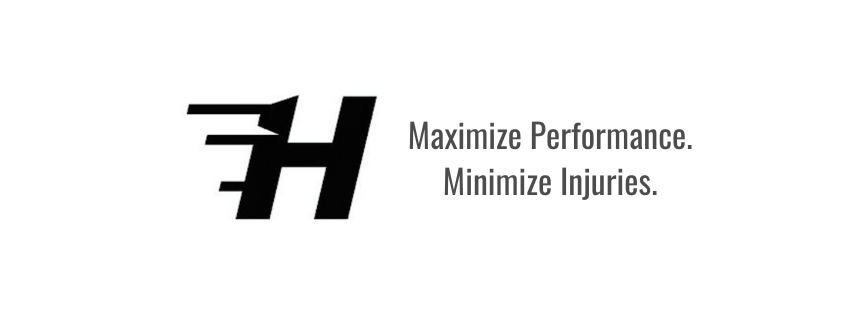- Hybrid Performance Newsletter
- Posts
- Understanding the Body's Repair Shop: Tissue Healing Timelines
Understanding the Body's Repair Shop: Tissue Healing Timelines

When an injury strikes, whether it's a broken bone or a pulled muscle, a common question is: "How long until I'm better"?
The answer, while varying greatly on the severity and type of injury, lies in the process of tissue healing.
Understanding the general timelines can help manage expectations and ensure proper recovery.
General Phases of Healing
Most tissue healing follows three overlapping, but distinct, phases:
Inflammation Phase (Days 1–6): Immediately after injury, the body initiates a defense mechanism. This phase is characterized by pain, swelling, redness, and heat as blood vessels constrict and then dilate, delivering necessary immune cells and platelets to the site. This is a crucial, healthy first step—don't try to eliminate all inflammation.
Proliferation Phase (Days 4–24): The 'building' phase. Specialized cells called fibroblasts lay down new tissue, initially a fragile, temporary substance called granulation tissue and later, collagen. New blood vessels also form to support the repair.
Maturation/Remodeling Phase (Day 21–2+ years): The 'strengthening' phase. The body cleans up the excess material and organizes the haphazardly laid-down collagen. The newly formed scar tissue or bone callus is remodeled and strengthened along the lines of stress placed upon it, allowing it to function like the original tissue. This phase can take a very long time, but the tissue is generally functional much sooner.
Specific Tissue Healing Timelines
While the phases are universal, the speed and duration depend heavily on the tissue's blood supply and structural complexity.
Tissue Type | Initial Functional Healing | Full Remodeling/Strength | Key Considerations |
Bone (Fracture) | 6–12 weeks (e.g., Clinical Union) | 6 months – several years | Requires rigid immobilization initially. Healing time varies significantly with age and fracture type (simple vs. compound). |
Muscle (Strain/Tear) | 2–4 weeks (minor strain) | 6 weeks – 6 months (severe tear) | Rest is crucial initially, followed by early, controlled mobilization to guide scar tissue formation and restore flexibility. |
Tendon (Tendinitis/Tear) | 6 weeks – 6 months | Up to 1 year | Tendons have poorer blood supply than muscle, leading to slower healing. Requires long periods of protection and progressive loading to strengthen. |
Ligament (Sprain) | 4–6 weeks (minor sprain) | 3 months – 1 year | Similar to tendons, healing is slow due to limited blood supply. Focus on stability and controlled exercise to prevent chronic instability. |
Skin (Laceration) | 5–10 days (sutured closure) | 6 months – 2 years (scar maturation) | Epithelium closes rapidly, but the underlying dermal collagen continues to remodel and gain strength for months. |
Factors That Influence Healing Speed 🐌
The timelines above are averages, and many factors can accelerate or slow down the recovery process:
Age: Younger, healthier individuals generally heal faster.
Nutrition: A diet rich in protein, vitamins (especially C and D), and minerals (like calcium and zinc) is essential for repair.
Blood Supply: Tissues with excellent blood flow (like muscle) heal faster than those with limited flow (like cartilage or certain tendons).
Chronic Diseases: Conditions like diabetes or vascular disease can significantly impair the healing process by affecting blood flow and immune response.
Smoking: Nicotine severely restricts blood flow, one of the biggest deterrents to proper and timely healing, especially in bone.
Compliance: Following rehabilitation protocols, including rest, controlled movement, and physical therapy, is crucial for guiding the maturation phase and preventing re-injury.
The Takeaway
Healing is not a race; it's a complex, ordered process.
While you may feel better within a few weeks, the deep work of remodeling and strengthening takes many months.
Patience, proper care, and adherence to your medical professional's advice are the surest paths back to full function. Don't rush the recovery!
Talk soon,
Dr. Sandra and Team